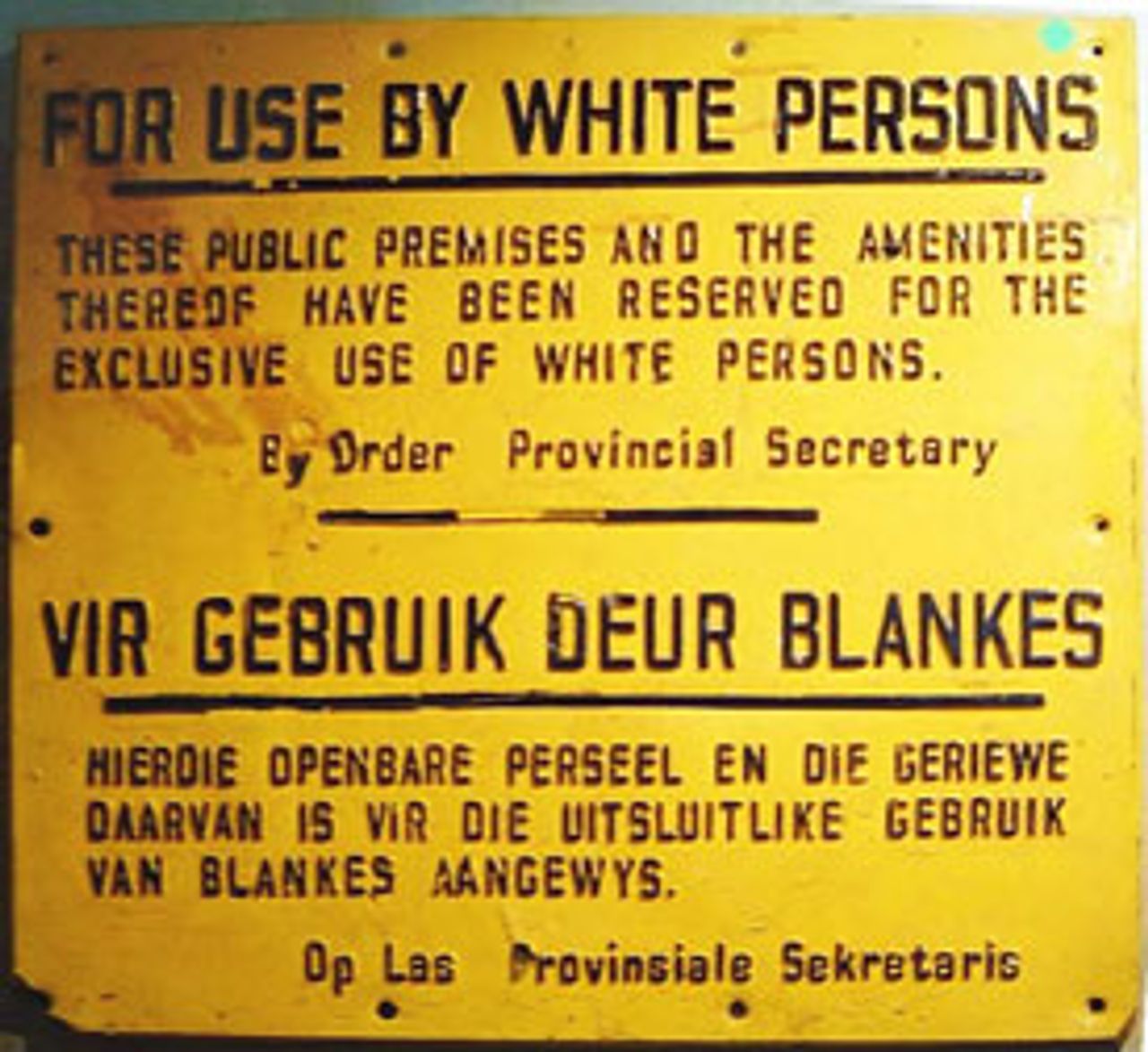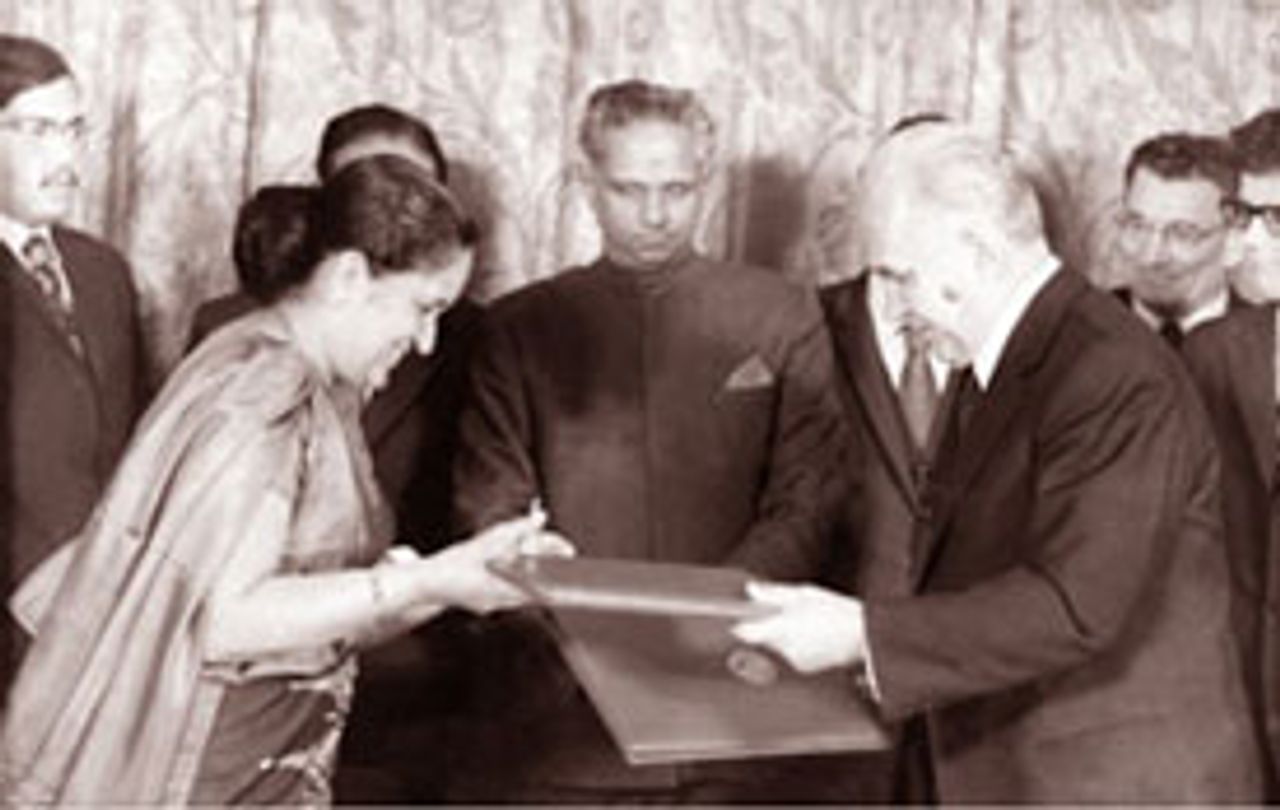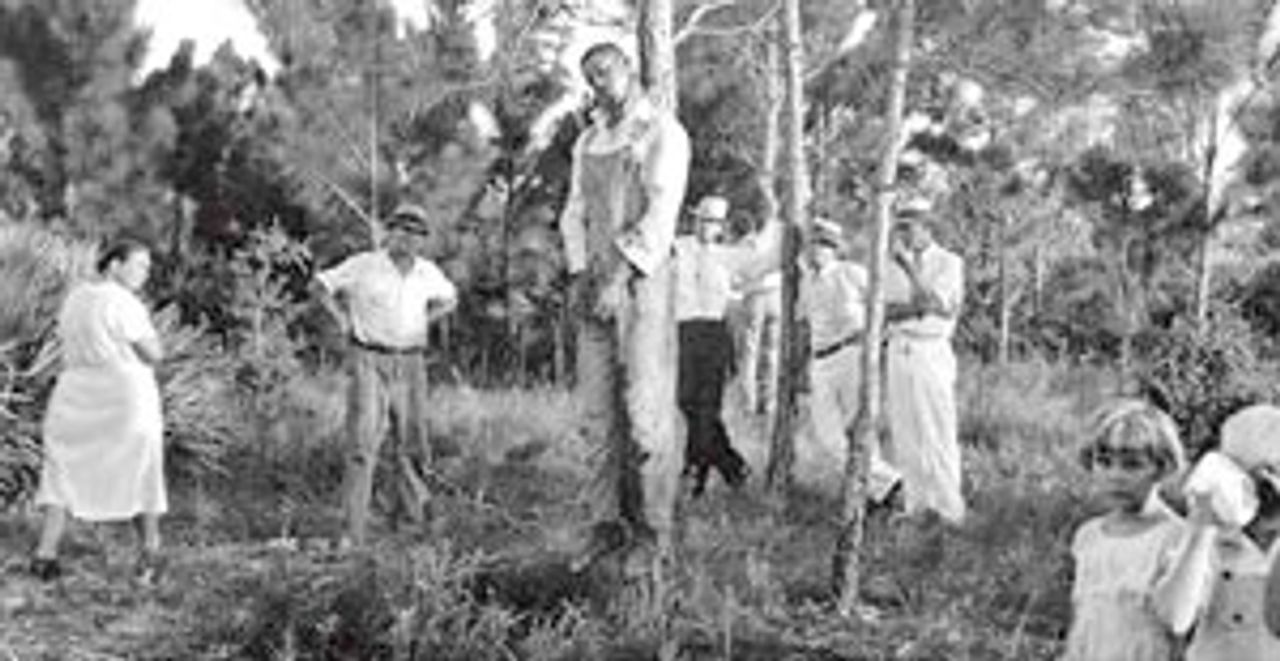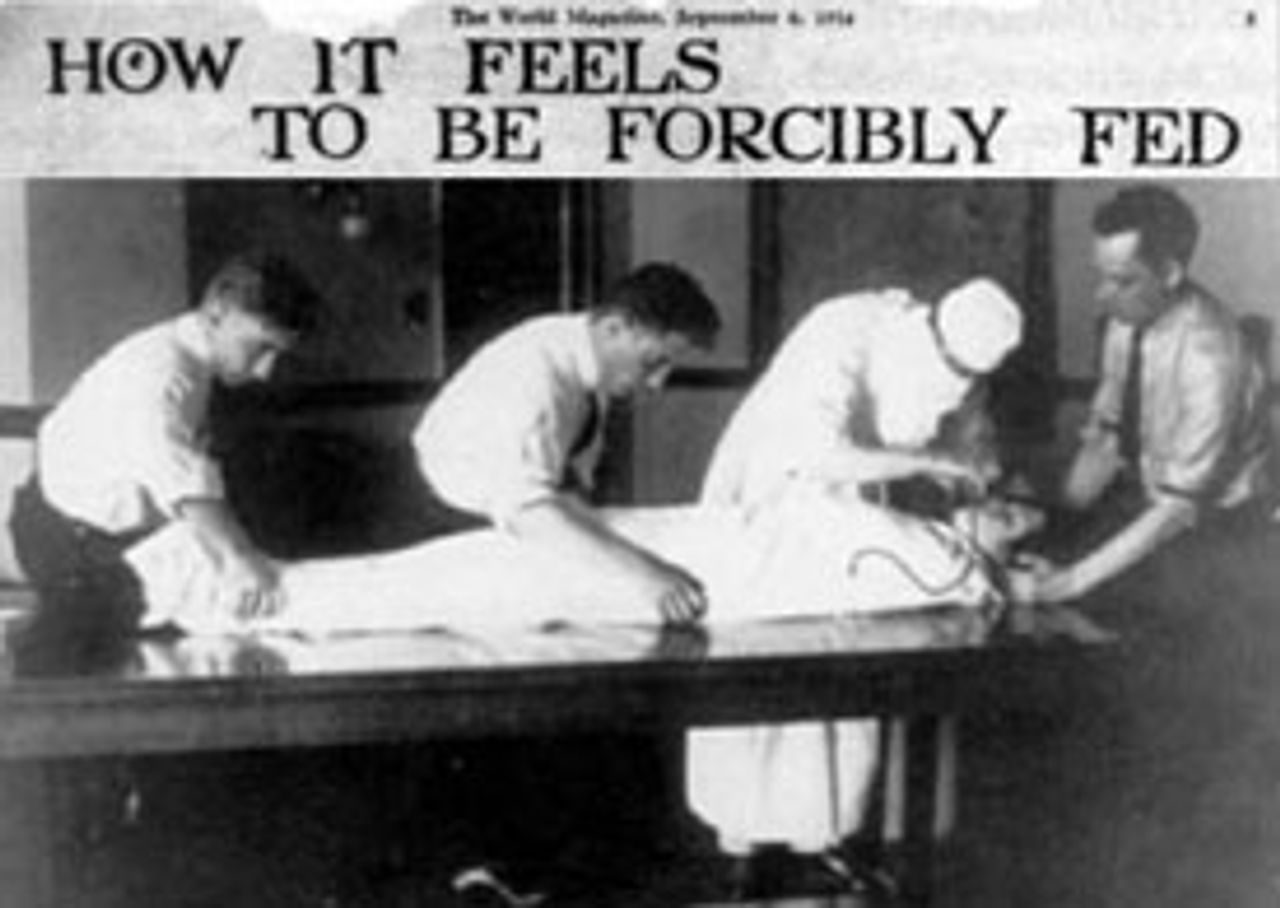This Week in History provides brief synopses of important historical events whose anniversaries fall this week.
25 Years Ago | 50 Years Ago | 75 Years Ago | 100 Years Ago
25 years ago: South Africa in revolt
 A sign from the Apartheid era
A sign from the Apartheid eraSouth African President P.W. Botha declared a state of emergency this week in 1985 in response to mass protests, strikes, and riots among the nation’s black workers and poor. It was the largest rebellion since the upsurge that was drowned in blood in the Sharpeville Massacre of 1960.
The state of emergency, covering Johannesburg and 36 magisterial districts, gave the South African military and police a free hand to use massive repression, indemnifying them in advance for abuses up to and including murder. By July 25, at least 15 blacks had been killed and over 800 arrested.
But this time the ferocity of the state failed to curb the mass revolt, which gripped most of the nation. Tens of thousands showed up for the funerals of martyrs, and workers and youth fought heavily-armed security forces with rocks. This alarmed the country’s propertied blacks and the Western powers, especially the Reagan administration, which encouraged the crackdown.
The insurgent masses were coming into increasing conflict not only with the Apartheid regime, but also with the black elite. Botha, in justifying the emergency decree, said the demonstrations are “mainly directed at the property and persons of law-abiding black people.” For its part the black elite, including Archbishop Desmond Tutu, pleaded with the regime to offer reforms. “I am saying to the government ... for God’s sake before this country goes up in flames, please hear the voice of the people for justice,” one leading clergyman declared.
50 years ago: Madam Bandaranaike becomes PM of Ceylon
 Sirimavo Bandaranaike with Soviet Union
Sirimavo Bandaranaike with Soviet UnionPrime Minister Alexei Kosygin
Sirimavo Bandaranaike was appointed prime minister of Ceylon on July 21, 1960, after national elections in which the LSSP (Lanka Sama Samaja Party), which had abandoned the perspective of Trotskyism, refused to oppose her nationalist grouping, the Sri Lanka Freedom Party (SLFP), or its electoral partner, the Stalinist Communist Party.
Bandaranaike’s was a victory for Ceylonese capitalists who favored the promotion of a local, overwhelmingly Sinhala and Buddhist elite, with a nonaligned foreign policy, as opposed to the pro-Western elites tied to Washington, London, and multinational corporations, who tended to back the right-wing United National Party (UNP). Her victory in no way benefited the island’s working class, which soon found itself at loggerheads with the Bandaranaike government in a major strike wave.
The LSSP adopted a “no contest” policy towards Bandaranaike and the CP that was, for all intents and purposes, an endorsement. It marked a new stage in the degeneration of the party, which had sided in 1954 with the revisionist faction led by Michel Pablo and Ernest Mandel against the orthodox Trotskyists who founded the International Committee of Fourth International. In an unprincipled quid pro quo, the LSSP did not criticize the pro-Stalinist maneuvers of Pablo and Mandel in exchange for a free hand to engage in opportunist tactics in Ceylon—including tacit alliances with chauvinist Sinhala political forces.
The LSSP’s support proved critical in propping up the Colombo regime, which had weathered a series of crises, beginning with the mass “hartal” demonstrations and strikes of 1953 that brought down the UNP government of Dudley Shelton Senanayake, the assassination of Prime Minister Solomon Bandaranaike, husband of Sirimavo, in 1959, and the collapse after just four months of another UNP government in 1960.
75 years ago: The lynching of Rubin Stacy
 Lynching of Rubin Stacy
Lynching of Rubin StacyOn July 19, 1935, a 37-year old African-American tenant farmer named Rubin Stacy was lynched in Fort Lauderdale, Florida. According to initial reports of Stacy’s murder, a mob of masked, white men took Stacy from the custody of six sheriff’s deputies who were transporting him to the Dade County jail in Miami. The mob hanged Stacy from a tree near the home of Marion Jones, the 30-year-old white woman who had accused him of assaulting her with a knife.
As was often the case in “southern justice,” both the pretext for the lynching and alleged details of the lynching itself were a tissue of lies. Stacy, who was reportedly homeless, had likely only gone to Jones’ home asking for something to eat or drink. Moreover, Stacy was not “kidnapped” from the deputies’ custody. Instead the killing was organized and ordered by Chief Deputy Bob Clark and other deputies, as eyewitness accounts revealed later. Clark even passed around his service revolver during the murder so that onlookers could shoot at Stacy’s body.
During the time of Stacy’s murder, new anti-lynching legislation known as the Costigan-Wagner Bill was being debated in the US Congress, which would have allowed for the federal prosecution of law enforcement officials who permitted or aided in a lynching within their jurisdiction. President Roosevelt refused to support the bill, even after the brutal lynching of Stacy at the hands of sheriff’s deputies in Florida, fearing that he would lose the Southern vote in the coming election. The Costigan-Wagner Bill was eventually defeated.
The Tuskegee Institute reports a total of 4,742 lynchings in the United States between 1882 and 1968.
100 years ago: Massive suffragette demonstration in London
 An imprisoned suffragette being force-fed
An imprisoned suffragette being force-fedTens of thousands of “suffragettes”—advocates of women’s right to vote—marched on London’s Hyde Park on July 23, 1910. Speakers addressed the demonstration from 40 different platforms in Hyde Park, where two separate marches had earlier converged, one originating from the Thames embankment and the other starting off from Holland Park.
A leading organization behind the demonstration was the Women’s Social and Political Union (WSPU), whose motto “Deeds, not Words,” was indicative of a more confrontational approach with state authorities than the mainline National Union of Women’s Suffrage Societies. Arrested WSPU women, mainly of upper and middle class background, had begun hunger strikes in prison in 1908 and 1909. British authority’s decision to force-feed the strikers shocked public consciousness.
Foreign delegations were led by a party of suffragettes from the US, which marched under banners reading “Idaho,” “Utah,” “Wyoming,” and “Colorado”—the four states that had by then granted women the right to vote. Finland, Australia, and New Zealand were then the only countries where women could vote.
The date July 23 was chosen to mark the Hyde Park Men’s Franchise Demonstration of 1866, when hundreds of thousands of workers held off British police and military personnel ordered to shut down the gathering, which the Tory home secretary, Spencer Walpole, had declared illegal. That demonstration resulted in the Second Reform Act of 1866, granting much of the male working class population the right to vote, which had largely been restricted to propertied males.
